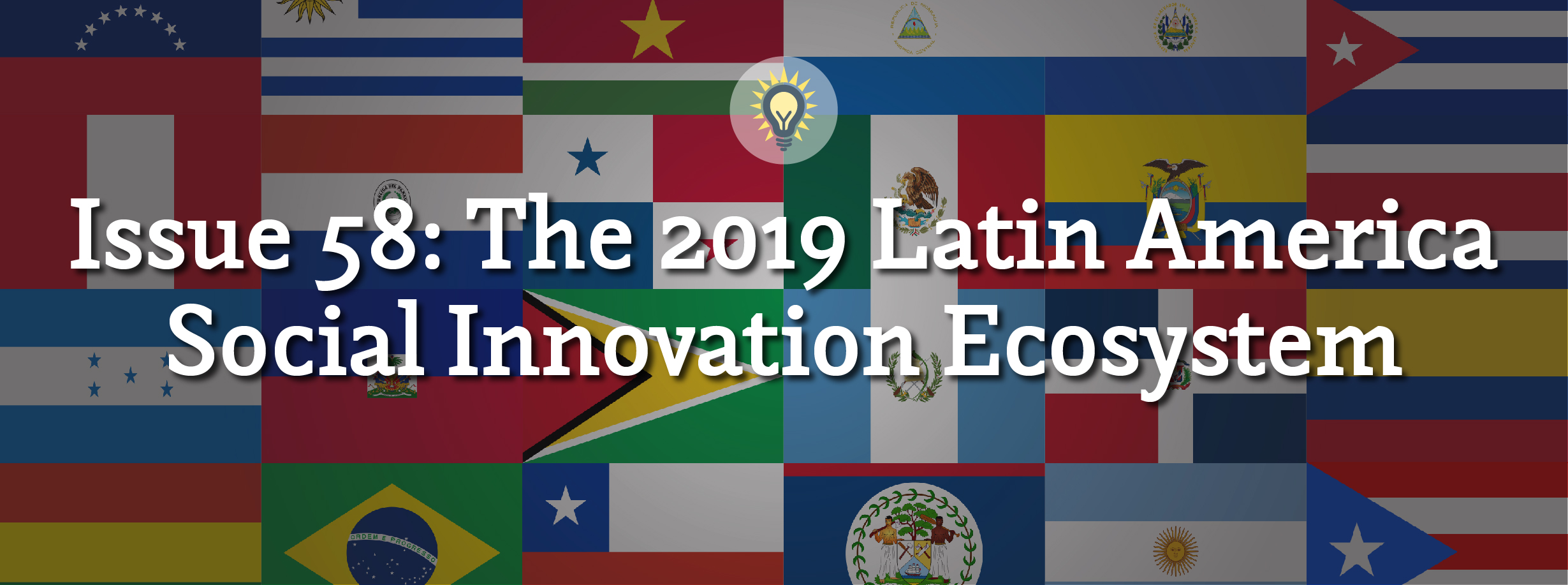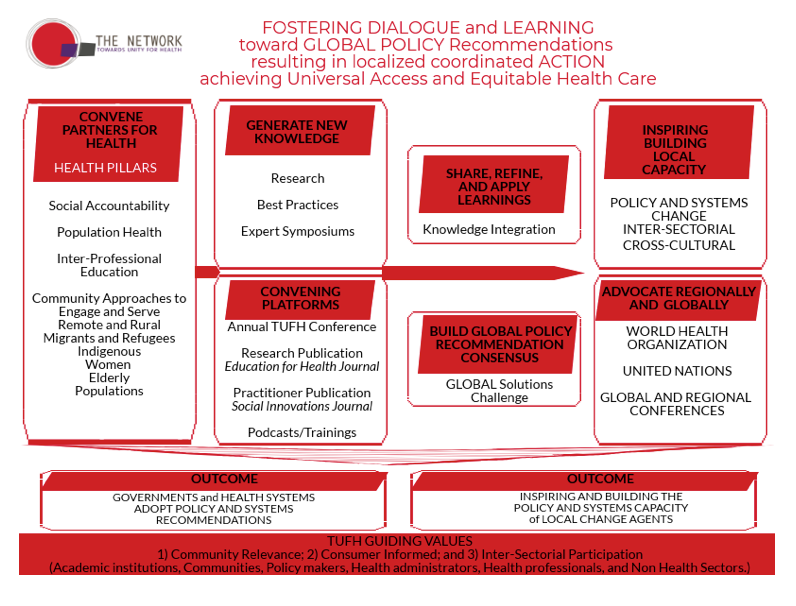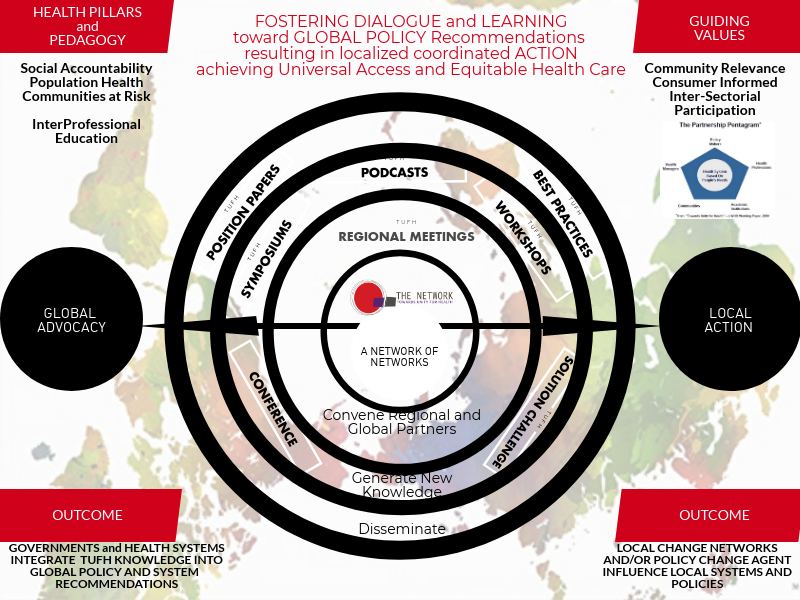“True leadership only exists if people follow when they have the freedom not to.”
- Jim Collins
Introduction
After more than 20 years leading and interacting with leaders AND over 10 years teaching Leadership at the university and professional level, we’ve developed an understanding of the differences among leaders who are in a position of authority but fail to lead and individuals who regardless of position, lead. At the most simplistic framing, we believe that society is at a critical juncture and we are playing witness to a slow shift of the leadership paradigm from recognizing people in positions of authority to recognizing leaders based upon merit, leadership behaviors, and social impact. Finally, as a collective, we are developing tools to distinguish between show horses and plow horses. It’s time to recognize those leaders who spend most of their time doing the work -- and not seeking recognition.
Context/Leadership Messages
Leadership Message 1
Our favorite and preferred text, when teaching leadership, is Good to Great and the Social Sectors by Jim Collins as it defines Level 5 Leader behaviors and makes a distinction for social vs. private sector leadership. Collins states that a key difference of a Level 5 leader is that “type 5 leaders are ambitious first and foremost for the cause, the movement, the mission, the work -- not themselves -- and they have the will to do whatever it takes to make good on that ambition.” In many cases, we’ve watched amazing leaders stop leading as soon as they’ve achieved a position of authority as they shift from leading for the cause to “protecting” their position of authority and/or compromising their values for the benefit of the organization/institution they represent. We encourage aspiring leaders to remind themselves to hold true to their leadership attributes no matter what position they get into.
Leadership Message 2
When teaching leadership we also emphasize that there is a clear distinction between leaders and managers. Many social sector organizations, as appropriate, need great managers, internal leaders, who primarily focus on the internal operations/functions of an organization. Society leaders are unique from internal leaders (i.e. managers) in that they are looking beyond one’s own organization to the larger issues at hand. They lead movements when not in positions of authority and people rally behind them because they are willing to be the Social Innovators, Social Entrepreneurs, and System and Policy Change Agents. These individuals challenge the status quo and they guide people into becoming better versions of themselves.
We’ve outlined the primary competencies and behaviors of leaders who exhibit society leadership characteristics.
Social Entrepreneur Leadership Behaviors
Social entrepreneurs possess confidence, persistence, and knowledge; however, probably the most important thing they have going for them is motivation to achieve a long-term goal that is deeply meaningful to them.
“Social entrepreneurs are innovative, resourceful, and results oriented. They draw upon the best thinking in both the business and nonprofit worlds to develop strategies that maximize their social impact. These entrepreneurial leaders operate in all kinds of organizations: large and small; new and old; religious and secular; nonprofit, for-profit, and hybrid. These organizations comprise the ‘social sector.’ ” i
“They are the mavericks who refuse to accept the status quo. They look at the world, are dissatisfied with what they see, and resolve to change it. They are both dreamers and doers; imagining a brighter future and setting about making that dream into a reality. They are true entrepreneurs; innovators who are passionate and resourceful, who are prepared to take risks and who apply their energy, drive, and ambition to effecting social change…”ii
The six qualitiesiii of successful social entrepreneurs
- Willingness to Self-Correct -- Because of their motivation, successful entrepreneurs are highly self-correcting. The entrepreneurs’ inclination to self-correct stems from the attachment to a goal rather than to a particular approach or plan. The entrepreneur’s willingness to self-correct is vital to this continuous adaptive process.
- Willingness to Share Credit – It’s been said that “there is no limit to what you can achieve if you don’t care who gets the credit.” For entrepreneurs, a willingness to share credit lies along the “critical path” to success, simply because the more credit they share, the more people typically will want to help them. If an entrepreneur’s true intention is to make change happen, then sharing credit will come naturally.
- Willingness to Break Free of Established Structures -- Social entrepreneurs occasionally can be found in government and academia, although the incentive structures and institutional constraints act as deterrents. Those who initiate their ideas while teaching in universities usually step outside academia to build their organizations. More typically social entrepreneurs come from the citizen sector where they have a little more freedom to act and the distance to see beyond the orthodoxy in their fields. This is critical because all innovation entails the ability to separate from the past.
- Willingness to Cross Disciplinary Boundaries -- Think of this as “creative combining” or the process of creating new social compounds -- gathering together people’s ideas, experiences, skills, and resources in configuration that society is not naturally aligned to produce. Independence from established structures not only helps social entrepreneurs move away from prevailing assumptions, it gives them the opportunity to combine resources in a new way. Faced with whole problems, social entrepreneurs readily cross disciplinary boundaries, pulling together people from different spheres, with a multitude of of experience and expertise, who, together, can build workable solutions that are novel.
- Willingness to Work Quietly -- Jean Monnet, the architect of European Unification said, “People of ambition fall into two groups: those who want to do something and those who want to be someone.” Many social entrepreneurs spend decades quietly, steadily, and unremittingly advancing their ideas, influencing people in small groups or one-on-one. Often, they become recognized only after years of working in relative obscurity. A person must have a very pure motivation to push an idea so steadily for so long with so little fanfare.
- Strong Ethical Impetus -- It is meaningless to talk about social entrepreneurs without considering the ethical quality of their motivation: the why. Bornstein concludes that these people simply must do the work they do; they have no other choice. For instance, James Grant was described as having “boundless energy” and “limitless optimism” in addition to “complete lack of self-importance” and an “absolute refusal to accept that something could not be done.”
Leadership Message 3
We believe that true leaders in the social sector influence policies and push for better and more positive systems change in their own sector. When creating and leading policy and systems change, we have found that there are generally two types of social sector organizations: service organizations that provide services and education and advocacy organizations whose purpose it is to raise awareness, ensure accountability, and influence provider and consumer systems and policies. Based on our experience, we have concluded that service organizations and their leaders cannot exist in isolation within their service bubbles, in order to be successful they also need to do policy and systems change work to influence the often unintended consequences of existing policy that may harm the consumers they serve. We find that most social sector leaders and their organizations don’t engage in the political or policy and education process, yet, if we take lessons from the high impact not-for-profits, as argued in Forces for Good: The Six Practices of High Impact Nonprofits, we will bridge the divide between service and advocacy for policy change at the local, state, and/or national level. All not-for-profits need service organizations to learn how to engage in systems and policy change.
Philadelphia anthropologist Margaret Mead once said, “Never doubt that a small group of thoughtful, committed citizens can change the world; indeed, it's the only thing that ever has.” It is particularly important to keep this quote in mind if you are a leader working in a small nonprofit or community-based organization. For small organizations with limited resources to dedicate to policy reform, challenging the status quo can often seem like an unwinnable David versus Goliath scenario, where leaders are forced to confront large, oftentimes national organizations connected to vast resources, powerful lobbyists, and an entrenched network of supportive elected officials. Although these odds may seem long, and at times discouraging, history has shown that Dr. Mead’s statement holds true. Time and time again, small groups of committed individuals and leaders offering novel solutions to the problems encountered by social policymakers have been able to break through the status quo and force change. We agree with Margaret Mead, and, clearly, so do the authors of contemporary literature when they write about successful leadership of nonprofits, as well as recent funding trends. Most not-for-profit service leaders don’t lead systems and policy change for a variety of reasons that include not wanting to “upset” the governmental funding sources that pay for the services they provide. These are valid reasons, but we argue that most leaders of not-for-profits don’t engage in systems and policy change simply because they have not done so in the past and have not developed the skills and tools necessary to effectively lead or engage in the process.
All not-for-profits need a system and policy strategy in addition to focusing on social impact, for the simple reason that most not-for-profits will not scale, yet they have the potential to scale their social impact if they have leverage a parallel scaling impact strategy. Ironically, not-for-profits who engage in systems and policy change may not yield short-term direct benefits for their own organization, but in the long-term, they both advance the larger cause and will realize different but direct benefits.
Social sector leaders should be key players in the public policy process for the simple reason that they are often closer to the consumer and better understand how social policies can be harmful. Not-for-profit service providers, because they serve end consumers, have a deeper and real-time understanding of their evolving needs and circumstances putting them in the position to educate and advocate for systems and policy changes.
So, what are the competencies needed to to lead policy and systems change? First and foremost, remember that Systems Change is a Collective Responsibility. The first step for a leader in creating and leading a policy and systems strategy is to clearly 1.) define the problem; 2.) understand the policy instruments; and 3.) understand and outline the cast of characters.
Problem Definition: Clearly define the issue, the current knowledge base and conditions, and determine if it is a federal or state issue. From this problem statement, one can build the rationalization for action and determine the plausibility on whether it stands a chance to influence the key system or policy actors.
Policy Instruments: Clearly define the means or options to influence the system or policy actors that include:
- Legal: State and Federal Courts.
- Administrative: Issue regulatory orders with the assumption that the authority exists.
- Legislative: Change in the law.
- Negotiation: Bring all the parties to the table to reach an agreement.
- Political: Create buy-in and an alliance with the key actor who has decision making authority.
- Media: Feed the press, social media, or other venues with consumable science.
- Inertia: Do nothing and let the process go forward on its own momentum.
Cast of Characters: Clearly, understand the cast of characters on both sides of the issue, their motivations, and how any systems or policy change may positively or negatively personally influence them including money; power; and public perception.
The cast of characters include:
- Stakeholders/Consumers/Voters/Constituency;
- Decision makers which can include legislative members; and
- Influence Brokers which can include the President/Governor/Secretary/Commissioner and Industry leaders.
To effectively define the cast of characters leaders and their teams will need to create a Policy Power Map as focus drives success. Keep in mind that the definition of lobby (as a verb) is: to try to influence public officials for or against a specific cause. So, in order to identify key stakeholders to influence, that will ultimately lead to policy or legislative change, you create a Power Map. You ask: 1.) Who votes or influences this issue? 2.) When do they vote? 3.) What motivates these individuals or what influences their positions? 4.) For policymakers, what is their voting history? and 5.) Who influences these policymakers or individuals in influential positions?
Creating the Power Map
- Identify the Issue in context. E.g., here, you put the issue in the center.
- Identify key decision-making institutions or associations that are related to this issue. Draw a ring around the issue.
- Map People & Their Associations. Think about people who are connected to these key individuals or who influence them. (For example, supervisors, constituency groups, spouses, nonprofit or other organizations, companies, etc.) Essentially, you want to map how these key decision-makers are influenced and by whom. The purpose of this step is to help identify ways to access the individuals or institutions that could address the issue (in other words, the “dominoes”). At this step, also note any relationships that members of the group have with the people/entities listed and any information you have about them.
- Target Priority Relationships. Ask: 1.) Does this person vote or influence this issue? How? 2.) When do they vote? 3.) What motivates this individual or what influences their position? 4.) What is this person’s voting history? and 5.) Who influences this official/policymaker?
The second step in creating and leading a policy and systems strategy is to clearly lay out the steps; defining a tactical plan and entering or creating negotiations/regulation/and legislative conversations.
Defining Steps: Define your constituency and clearly outline the impediments; define your strategy that includes attacking the industry and a coherent policy position on actions required by the industry to “get them down and then kick them while they are down.” Key to success is operating as though your agency has the authority and the resources to enforce a policy/systems change that forces opponents onto your playing field.
Defining a Tactical Plan: Define a required response by the industry you are attacking and assure them that their actions can be monitored and enforced within the resource base (or expected resource base) of the Agency. In addition, put into place a system to provide information to the media and structures to inform/influence/sway influence brokers.
All this is doable and so is engaging with other social sector leaders, constituents, and government relations firms to support the efforts and help.
Conclusion
We’ve concluded that great leadership is when the individual is able to put the cause and not themselves as the center of decision-making. In other words, it’s okay to be a self-centered leader but not a selfish leader. The best way to push a cause is to engage in policymaking and use the “power of the CEO-office” to push for policy and systems change, which is always needed in the nonprofit sector. In addition, leadership is different than good management and can be best defined by the combined qualities of social entrepreneurs and system and policy change agents. Despite taking us out of our comfort zones, great leadership means looking beyond ourselves and our organizations and leading change from the front.
Finally, we need to always remember to keep ourselves in check as authority oftentimes gets the best of us. When we start spending more time protecting our position or making decisions in our own best interest than in what’s the best interest of the organization we stop leading. We need to be honest with ourselves, and in the interest of the common good, step aside and recognize leaders at all levels who exude their passion for the greater good and demonstrate their ability to lead others in spite of their roles or titles, or even themselves.
i www.fuqua.duke.edu/centers/case/about/whatissocialentrepreneurship/
ii www.socialentrepreneurs.ie/pages/social-entrepreneurs.php
iii Bornstein: How to Change the World





